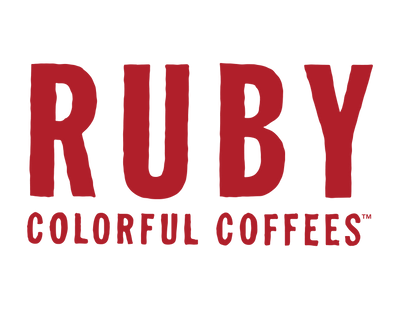Extraction - maybe you’ve heard about it. If your coffee interest isn’t quite to that level of scientific fascination yet, it’s about to be! Extraction is the term that we in the industry use to describe how water absorbs the flavor of coffee beans. The science behind brewing a good cup of coffee isn’t too complicated, but it does involve some big words like extraction, diffusion, hydrolysis, etc. I’ll spare you most of the details and save the deep dive for another time. Suffice it to say, it takes a little chemistry to turn a green coffee bean into an enjoyable morning beverage.
Here is a snapshot of what is happening as hot water is poured over the grounds, whether manually or by an automatic brewer. Gasses are released as the coffee grounds are saturated with the initial flush of water, which is called the “bloom”. As the grounds are agitated and make contact with the water, the sugars and acids which give coffee flavor are broken down and pulled out from the interior of the ground beans (that’s diffusion in action). The longer the grounds are in contact with the water, the more coffee solids are broken down and extracted. This is why there’s kind of a sweet spot. You want a long enough brew to pull out all the good stuff, but given too much time, you start getting the more bitter, less flavorful parts of the coffee bean, too.
Some of the factors involved in how well flavors are extracted from a specific coffee are inherent to the growing conditions and variety of coffee we are roasting, like the density of the beans. Beans which are grown at high altitude, like in Ethiopia, are very dense, and tend to slow down the flow when brewing. Some factors we can control here in the roastery, like how light or dark the roast is, which impacts how the grounds will absorb water.
It starts with sourcing high quality, uniform green coffee, with articulate flavor notes and plenty of sweetness. When our green coffee arrives, we take physical measurements and make sample roasts that help guide us how to roast the coffee just right to enhance the sweetness without roasting out the subtle nuances. We think this is the magic spot where flavor extraction is consistent and replicable. We also take great pains to make sure those beans are evenly roasted from the outside to the inside of the bean. Through our quality control brewing processes, we measure total dissolved solids and extraction yield to ensure that the roast is achieving a successful brewing result, whether in the lab or at home.
Finally, there are still other factors which are up to you, the person brewing Ruby coffee at home. We always recommend a few basic steps that anyone can do. Start with a recipe for the brewing device you’re using. Check out the Ruby website for brewing guides. Each individual coffee on our menu has an information sheet which includes a recommended recipe. This is the best starting point for your grind size and ratio of coffee to water.
A quick note about water: not all water is equal in its ability to extract coffee into a delightful cup. Even when it tastes good and seems to lack impurities, it may have some imbalance in mineral content that can throw off your brewing and potentially create issues with your equipment in the form of scale buildup. Use water that has some minerals in it, which are necessary to facilitate extraction. It’s best to avoid water where all of the minerals have been filtered out and softened water, which may have too many salts. If you want to take water chemistry uncertainty out of the equation, check out these easy to use Third Wave Water mineral packets which are already formulated for brewing great coffee. Finally, use water at a temperature that is just under boiling, 205-210 degrees F. Water that is too cool or too hot will impact your final brew.
It’s our goal that you can brew a cup of your favorite Ruby coffee at home, achieving great flavor extraction without a ton of guess work. There is some nuance involved, but it doesn’t have to be complicated. If you’re interested in really honing in on the details, stay tuned, because in a future Ruby News, we will dive deeper into dialing in your coffee set-up to be even more in control of your brew.
-Katy Szapa
